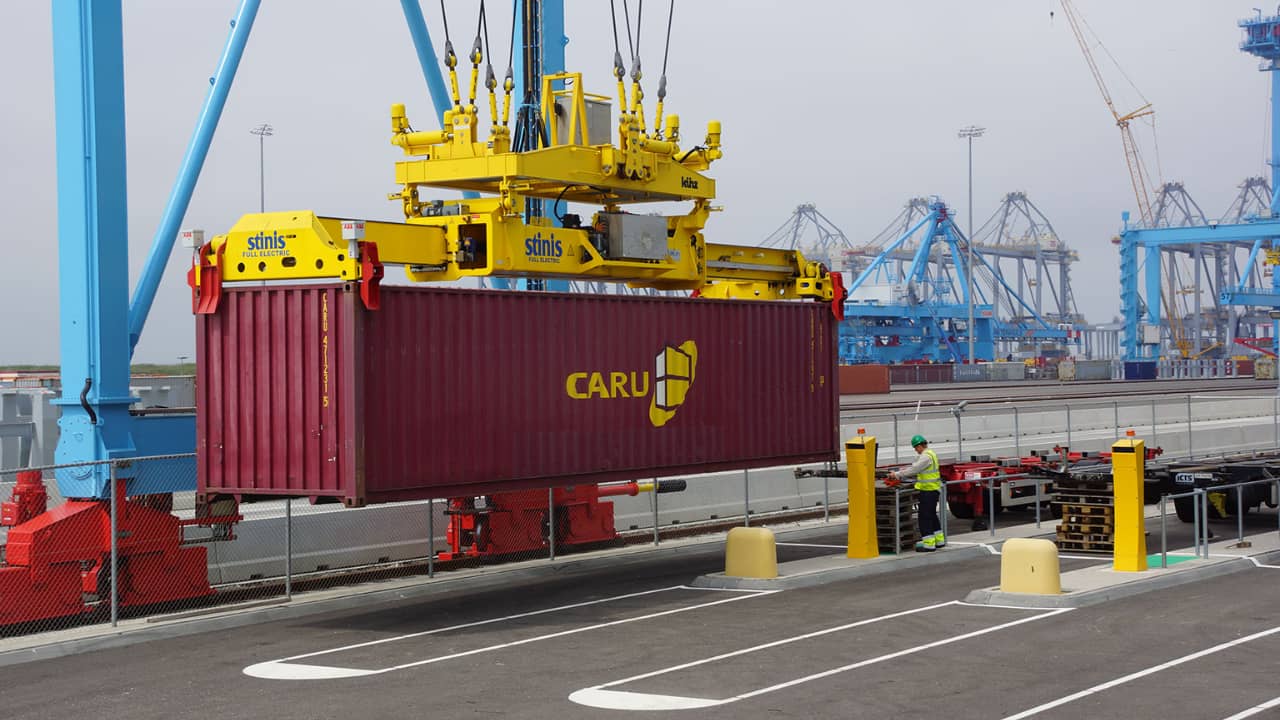
Compulsory Container Weighing Rules (Are You Ready?)
3-minute read
Did you know that the IMO (International Maritime Organization) passed an amendment to SOLAS (Safety of Life at Sea) requiring verification of container weights?
Starting from 1st July 2016, a packed container will no longer be allowed to be loaded on board vessels unless its Verified Gross Mass (VGM) has been provided by the shipper named in the Bill of Lading, to the ocean carrier and/or the terminal representative.
With the new regulation:
- The shipper will be the responsible party for providing the VGM
- There will be two permissible weighing methods (see below) for determining the VGM
- The terminal operator will be obliged to ensure that only containers with a VGM are loaded on the vessel
In New Zealand, the enforcement of the SOLAS requirements is governed by Maritime New Zealand . Consultation is currently being undertaken on the implementation of SOLAS Regulation VI/2 in New Zealand law.
We urge you to review the consultation documents, which can be found at the following link , and contact Maritime New Zealand directly with any further queries.
The aim of Easy Freight is to ensure an easy submission of VGM for our New Zealand customers and easy exchange with terminals. We are working through processes to accommodate the new requirements, and we will in due course share more information with you on VGM submission methods and deadlines for New Zealand.
SOLAS (Safety of Life at Sea Convention) regulation means that any container without a VGM (Verified Gross Mass) will not be allowed access to a container port in New Zealand nor will it be loaded on to a ship after that date.
Two methods by which shippers can comply:
- Method 1: Weigh the whole container after all contents are packed and the doors are sealed.
- Method 2: Weigh each item separately as well as weigh all/any packing materials, dunnage and strapping used and then combine that total weight with the tare weight of the empty container to come up with a combined VGM.
If sealed packages or packing equipment are already marked with a verified weight, these weights can be used in the Method 2 calculation as opposed to weighing each item again.
It is important to note than any weighing system used for either Method 1 or Method 2 must comply with the Weights and Measures Act applicable under a law in New Zealand and that weighing device must be marked with a current ‘certificate of accuracy’.
All ports in New Zealand have confirmed that they will not be providing a weighing service for this VGM requirement. The VGM must be declared before the container is gated into the port.
Maritime NZ, as the body responsible for the implementation and management of VGM in New Zealand, have said that they do not intend licencing shippers.
However, they do expect that all shippers have a documented Quality Management System to show how the VGM is determined. Maritime NZ expects this Quality Management System to comply with standards of ISO 9001 or a documented quality management system of an equivalent standard.
All shipping lines and ports in New Zealand expect that all container weights declared from 1st July 2016 will meet the new VGM laws.
We’d love to answer any of your questions! Contact us now
P.S. Do you know of other people that will find this article useful? Please share it on social media. Thank you!
